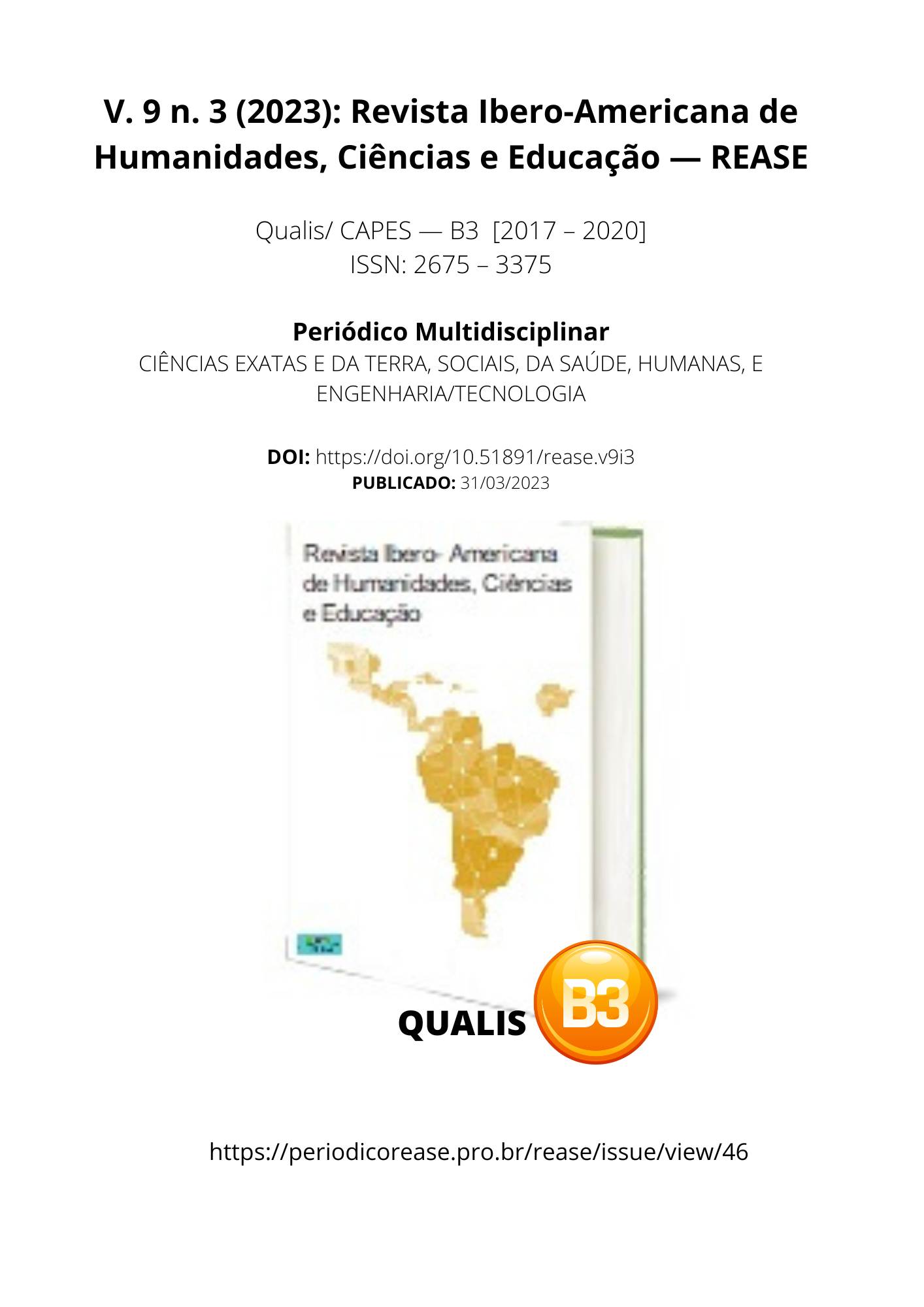DITO, THE LITTLE BLACK MAN OF THE FLUTE: REFLECTIONS FROM A BAKHTINIAN PERSPECTIVE AND THE EDUCATION OF ETHNIC-RACIAL RELATIONS
DOI:
https://doi.org/10.51891/rease.v9i3.9022Keywords:
Children's literature. Bakhtin. ERER. Black characters. Racism.Abstract
Invisibilization or characterizations that inferiorize black characters are idiosyncrasies present in children's literature since its advent. This scenario is mainly influenced by a social structure that places black bodies as inferior, racism. This is a historical and social problem, which can be expressed in several ways, explicit or veiled, in various contexts, such as literature. Although in recent decades there have been slow changes in this panorama, especially in relation to black girls, there is still ample access by children and adolescents to literary works that inferiorize black people. Because of this, the interest of this paper is to analyze the book "Dito, o negrinho da fluta" by Pedro Bloch (1983), available to students of a private school located in the city of Vitória, Espírito Santo, whose main character is Dito, a black boy. We identified a problematic construction of the character, in which he is assigned race-defining characterizations, such as neguinho, although he is not enslaved he is treated as one, among other attributions. The access of children and adolescents to works with racist content can perpetuate stereotypes and prejudice, affecting the self-esteem and identity of black people.
Downloads
Downloads
Published
How to Cite
Issue
Section
Categories
License
Atribuição CC BY

